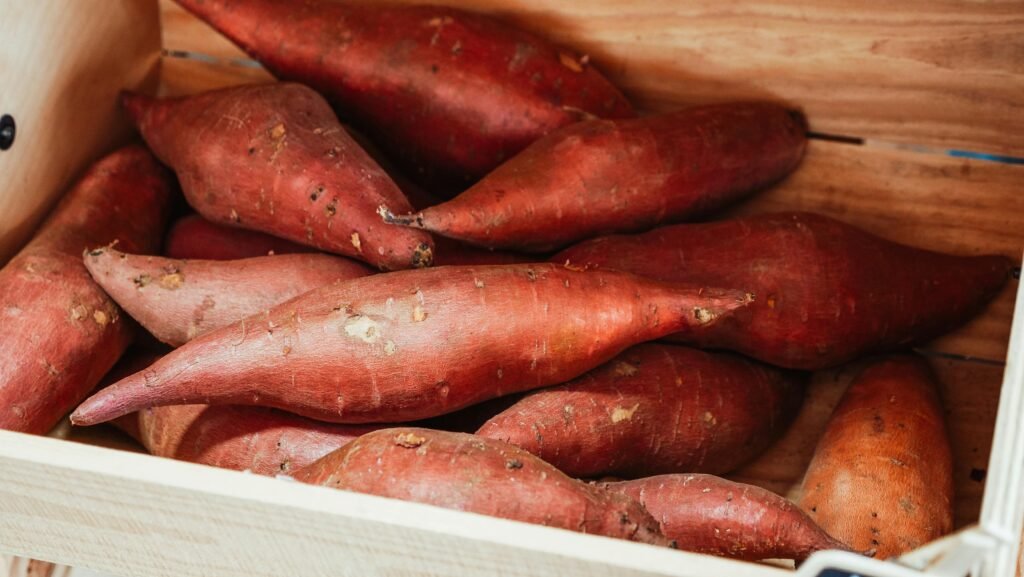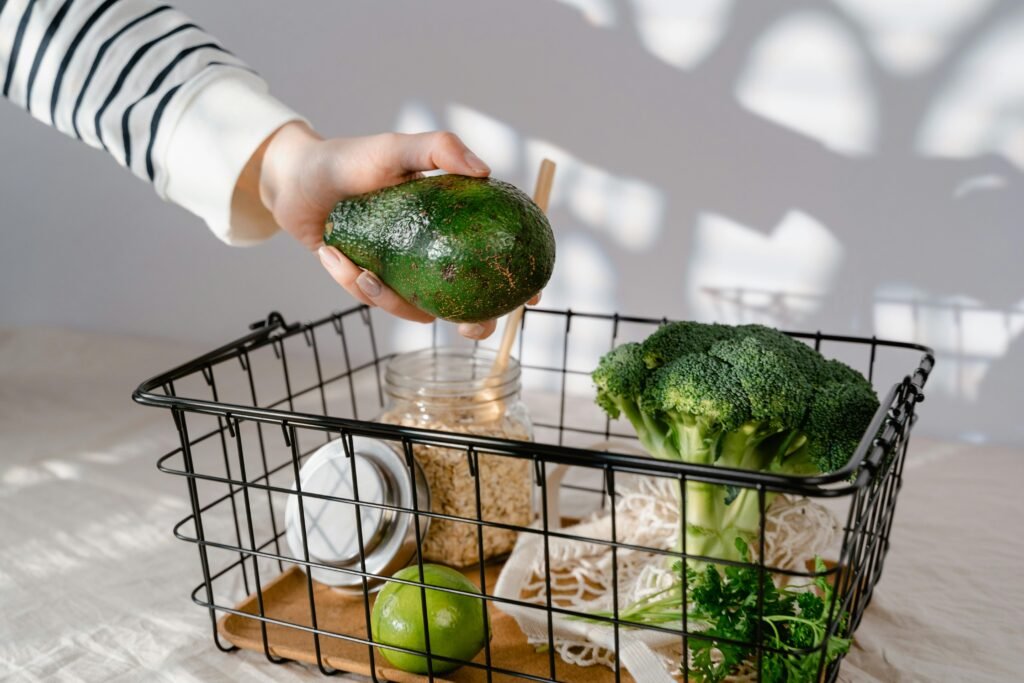
What Nutrient-Dense Really Means (And How to Spot It)
A full stomach doesn’t always mean a fed body. Nutrient density is about quality over quantity—and it’s a game changer for real results
Define Nutrient Density
Foods that pack a high amount of vitamins, minerals, and phytonutrients into relatively low calories. Think: spinach > white bread.
Examples of Nutrient-Dense Staples
Leafy greens (kale, arugula, dandelion): iron, K, A
Cruciferous veggies (broccoli, cauliflower): fiber, C, detox support
Berries (blueberries, raspberries): antioxidants, C
Sweet potatoes: beta-carotene, fiber
Legumes: protein, fiber, B vitamins
Sprouts: enzymes, chlorophyll, micronutrients
Fermented foods (kimchi, sauerkraut): gut health, enzymes
Spirulina & chlorella: B12, iron, detox support
How to Spot a Nutrient-Dense Meal:
Colorful
Contains a mix of greens, legumes, seeds, and fruits
Minimal added sugars, oils, or processed grains
Why It Matters for Fitness and Focus
Nutrient-dense foods fuel recovery, improve hormonal balance, and support clear thinking. They’re your pre-workout and your post-workout rolled into one.
Bottom Line
Calories are just the surface. Nutrients are the story. Read your labels, track your energy, and give your body what it truly needs.
Discover more from wellnesswaynews.com
Subscribe to get the latest posts sent to your email.

